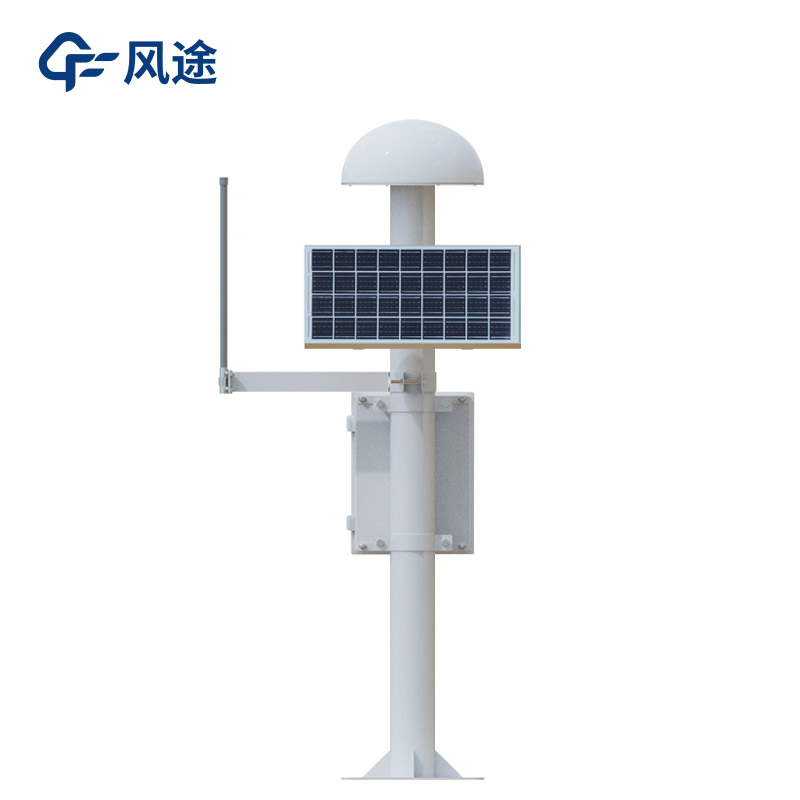Shandong Fengtu IOT Technology Co., Ltd
Sales Manager:Ms. Emily Wang
Cel,Whatsapp,Wechat:+86 15898932201
Email:info@fengtutec.com
Add:No. 155 Optoelectronic Industry Accelerator, Gaoxin District, Weifang, Shandong, China

Sales Manager:Ms. Emily Wang
Cel,Whatsapp,Wechat:+86 15898932201
Email:info@fengtutec.com
Add:No. 155 Optoelectronic Industry Accelerator, Gaoxin District, Weifang, Shandong, China
time:2025-03-07 09:26:53 source:Weather Station viewed:365 time
In the era of rapid technological development today, GNSS high - precision positioning technology has become an essential key support in many fields. It can achieve millimeter - level accuracy. What is the technical principle behind this?
GNSS monitoring stations include the US GPS, China's BeiDou, Russia's GLONASS, etc. The equipment receives signals from multiple navigation satellites through antennas. These signals carry key information such as time and orbital parameters, laying a data foundation for high - precision positioning. Among this information, the carrier - phase differential technique plays a core role. The reference station and the rover station simultaneously receive satellite carrier signals and use the carrier - phase differences to improve accuracy. Since the carrier wavelength is short, accurate calculation of the phase difference can achieve centimeter - level or even millimeter - level positioning. After the reference station calculates the error with the rover station, it transmits the differential data to the rover station, and the rover station corrects the positioning result in real - time.
In addition to the differential technique, high - precision positioning algorithms are also an important part. Real - Time Kinematic (RTK) technology improves accuracy by calculating the relative position differences between the reference station and the rover station; Precise Point Positioning (PPP) relies on accurate modeling and estimation of satellite orbit, clock error and other parameters to achieve high - precision positioning of a single receiver. Moreover, the GNSS receiver transmits the positioning data to the data processing unit for real - time processing and analysis. By comparing the position data at different time points, the displacement and other values are accurately calculated, further improving the accuracy.
In the field of geological disaster monitoring, GNSS monitoring stations can monitor the occurrence and development of disasters such as landslides, ground collapses, and slope displacements in real - time, issue early warnings and take corresponding preventive and disaster - reduction measures. This provides a strong basis for disaster warning and prevention, safeguarding our lives and property.

As industries such as transport, aviation and navigation continue to develop, weather phenomena such as atmospheric pollution and haze have become important factors in limiting the development of these industries. In this context, there is increasing interest in the use of visibility monitoring inst...
Meteorological monitors:A weather monitor is usually an automated device used to measure and record environmental weather conditions including temperature, humidity, air pressure, wind speed, wind direction, rainfall, solar radiation and more. They typically consist of multiple sensors, data loggers...
The integrated weather monitoring system, also known as weather station, provides timely warning of possible weather disasters by collecting, processing and analyzing weather elements in real time. It is mainly used in the field of agricultural production, emergency management of cities and industri...
Building an Atmospheric Environment Monitoring System requires consideration from multiple aspects. First, regarding site layout, scientific planning should be carried out based on factors such as urban functional zoning, population distribution, and the location of pollution sources. Urban points f...